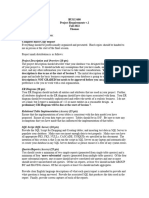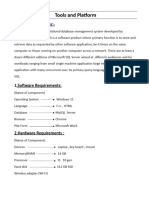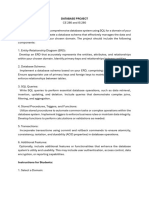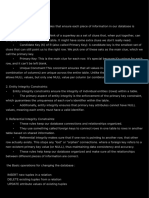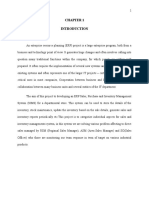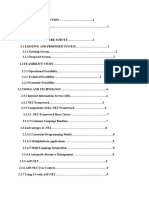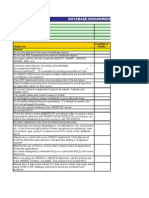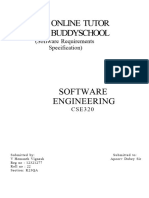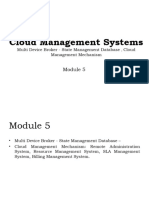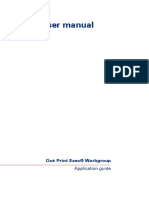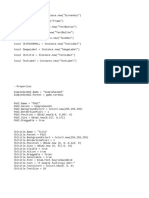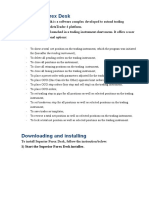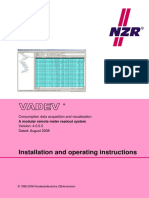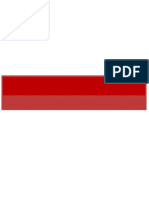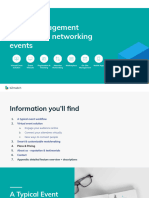0% found this document useful (0 votes)
6 views3 pagesAdvanced Database Systems Project Requirement
The Advanced Database Systems project requires students to design and develop an information system using Microsoft SQL Server, integrating it with a custom application. Key requirements include creating a normalized database with at least 15 tables, utilizing advanced SQL features, ensuring security and data integrity, and automating tasks with SQL Server Agent. Final deliverables consist of SQL scripts, application source code, comprehensive documentation, and an optional demo video.
Uploaded by
ali.jafar.fastCopyright
© © All Rights Reserved
We take content rights seriously. If you suspect this is your content, claim it here.
Available Formats
Download as DOCX, PDF, TXT or read online on Scribd
0% found this document useful (0 votes)
6 views3 pagesAdvanced Database Systems Project Requirement
The Advanced Database Systems project requires students to design and develop an information system using Microsoft SQL Server, integrating it with a custom application. Key requirements include creating a normalized database with at least 15 tables, utilizing advanced SQL features, ensuring security and data integrity, and automating tasks with SQL Server Agent. Final deliverables consist of SQL scripts, application source code, comprehensive documentation, and an optional demo video.
Uploaded by
ali.jafar.fastCopyright
© © All Rights Reserved
We take content rights seriously. If you suspect this is your content, claim it here.
Available Formats
Download as DOCX, PDF, TXT or read online on Scribd
/ 3











